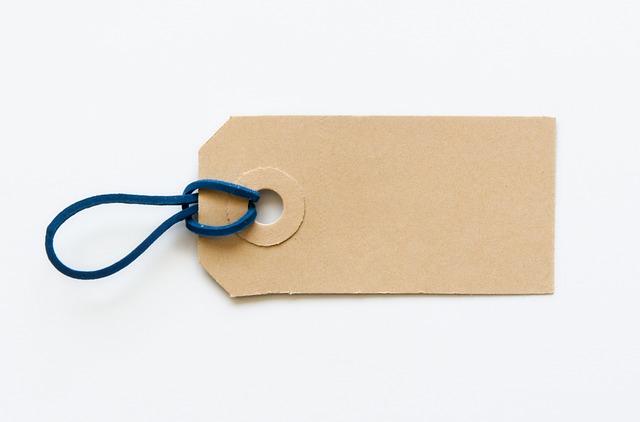When exploring Leeds Skin Tag Removal, safety should be top priority. Opt for reputable clinics or experienced dermatologists using proven methods like cryotherapy or surgical excision. A consultation is vital to discuss potential risks, side effects, and tailor a treatment plan for optimal results while minimizing complications such as infection, scarring, or disfigurement. Understanding causes like friction, hormonal changes, obesity, and skin conditions is key to effective prevention and management of skin tags.
Leeds Skin Tag Removal: Best Practices for Safe Elimination
Skin tags, those tiny, soft bumps that can appear anywhere on your body, might seem harmless, but many individuals seek effective and safe removal methods. This guide delves into understanding skin tags, exploring common triggers, and providing a comprehensive overview of removal techniques. From medical procedures to home remedies, we’ll navigate the best practices for Leeds Skin Tag Removal, ensuring you’re equipped with knowledge to make informed decisions for healthy, tag-free skin.
- # Leeds Skin Tag Removal: Best Practices for Safe Elimination
- Understanding Skin Tags and Their Causes
# Leeds Skin Tag Removal: Best Practices for Safe Elimination
When considering Leeds skin tag removal, safety should always be the top priority. Unlicensed professionals or untested methods can lead to painful and unsightly complications. It’s crucial to opt for reputable clinics or experienced dermatologists who employ tried-and-tested techniques. Many prefer cryotherapy, where liquid nitrogen freezes and destroys the skin tag, or surgical excision for larger tags.
Choosing a qualified expert ensures your treatment is effective while minimising risks of infection, scarring, or disfigurement. Before proceeding with Leeds skin tag removal, schedule a consultation to discuss your options, understand potential side effects, and determine the best course of action tailored to your needs.
Understanding Skin Tags and Their Causes
Skin tags, also known as acrochordons, are small, soft skin growths that typically appear in areas where skin rubs against itself, such as the neck, armpits, or groin. They are usually harmless and often go unnoticed, but some people choose to remove them for cosmetic reasons or because they find them irritating. Understanding what causes these tags is an essential first step in considering Leeds Skin Tag Removal options.
The primary cause of skin tags is friction and constant irritation. This can be due to clothing rubbing against the skin, hair follicles trapping skin, or simply chronic friction at a particular site. Hormonal changes, obesity, and certain skin conditions like eczema or diabetes may also contribute to their development. Recognizing these triggers can help individuals make informed decisions about how to address and prevent future skin tags.
When it comes to Leeds skin tag removal, prioritizing safety is paramount. By understanding the causes of skin tags and adopting best practices, you can effectively and securely eliminate them. Whether through non-invasive methods or professional treatments, ensuring a clean, sterile environment and using suitable tools or products is crucial for successful and safe results. Always consult with a healthcare provider before attempting any removal method, especially for persistent or unusual skin tags.
